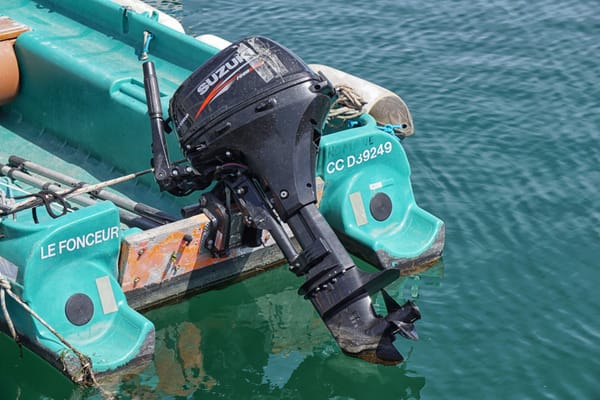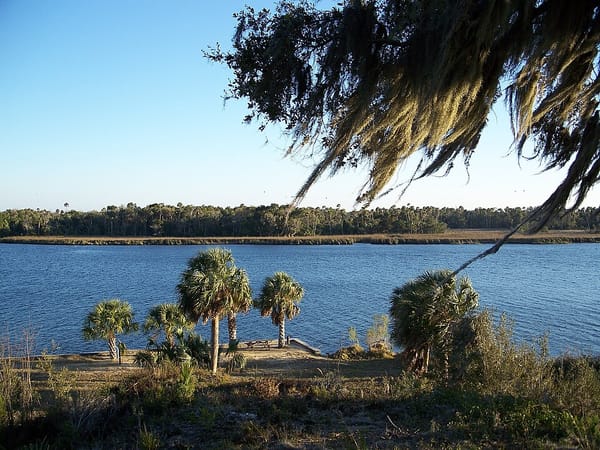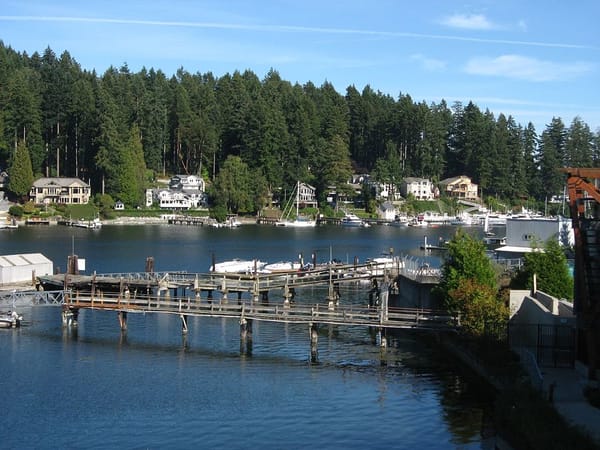Trolling Motors for Fishing, Force and Control

Have you been wondering how to have better luck with reeling in perch, trout, bass and bluegill? Does your boat’s engine scare all the fish away? You might want to consider a trolling motor. Whether you’re fishing the Florida flats, out in the Chesapeake Bay or in local lakes and rivers, a trolling motor can assist with quickly and quietly getting into a fishing spot and moving the boat to where you need it.
A trolling motor offers more precise control of the boat than the engine alone. It allows the boat to stay in a particular spot (without using an anchor) even if there are currents, wind or other motion. Since you don’t have to raise and lower an anchor, you’ll be able to leave a spot quicker to get to the next spot.
Trolling motors are also useful for shallow areas. You can tilt your regular engine up and use the trolling motor instead. Mainly used for inshore fishing, they’re most often found on flats boats, jon boats and bass boats. You’ve probably seen plenty of them at the boat ramp, marina or private boat dock for rent.

Photo: Wikimedia
There are three main types of trolling motor: bow, transom and engine mount. Each has its pros and cons. The biggest difference is where they’re mounted on the boat. Additionally, trolling motors are available in saltwater or freshwater versions.
Aside from the type of mount, trolling motors are available in a variety of styles.
- Gas or electric
- Saltwater or freshwater
- GPS-controlled or manual controlled
- Hand or foot controlled

Photo: Minn-Kota (Facebook)
Today, we’re going to go over the basics of bow, transom and engine mount trolling motors. First, a couple of benefits.
Benefits of Trolling Motors
- Prevents damage to main motor in shallow waters
- Use for faster travel in kayaks (such as when storms come up)
- Use in sailboats when there’s no wind
- Quietly pull into small coves without scaring away the fish
Bow Mount
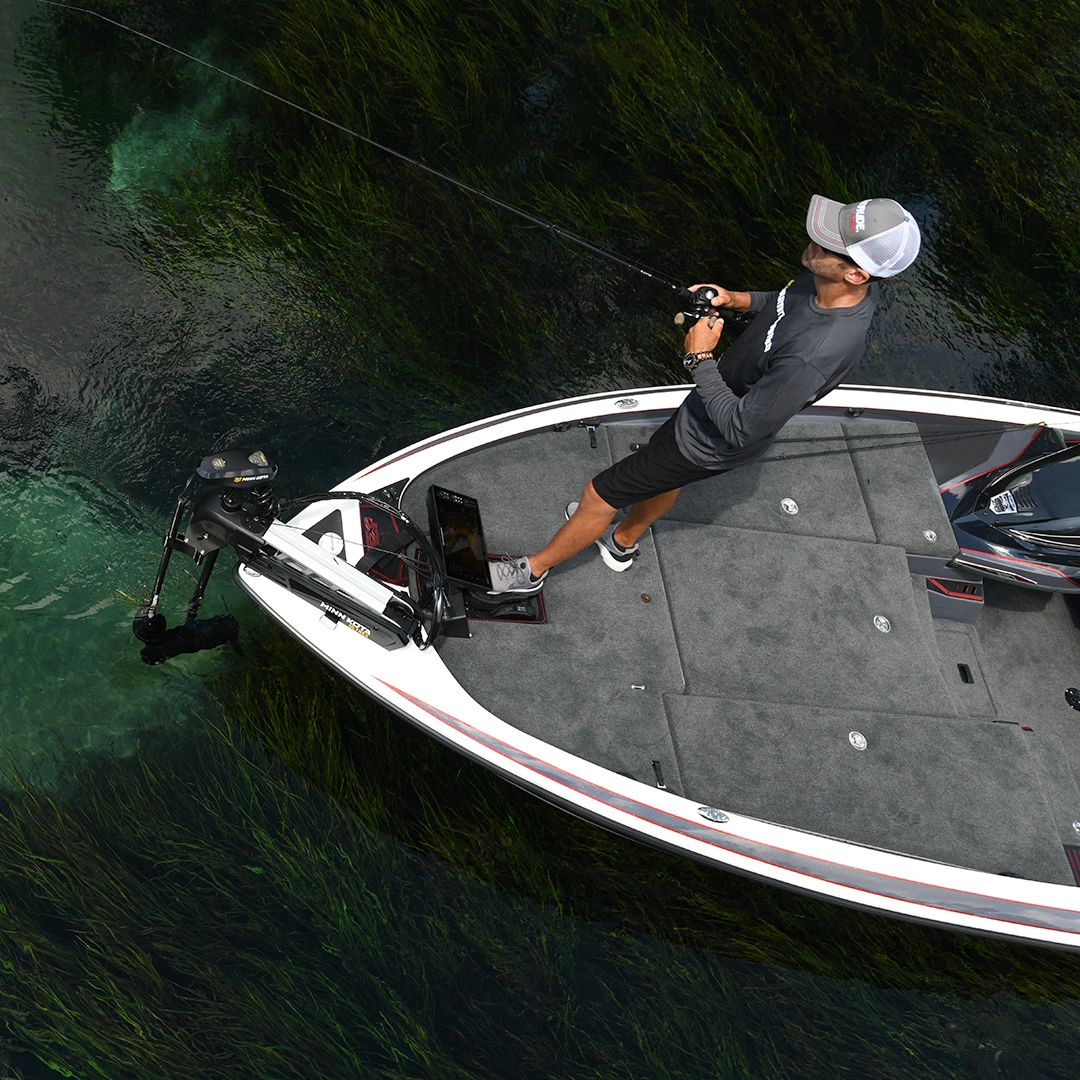
Photo: Minn-Kota (Facebook)
Bow mount trolling motors are mounted on the bow (front) of the boat via a plate that’s drilled into the floor. They’re good for medium to large boats with a flat deck. Bow mounts work by pulling the boat.
Compared to transom mount trolling motors, bow mounts have more features and control options. They offer a lot of control and maneuverability, but they’re more expensive and harder to install than transom mount trolling motors (since a plate must be drilled into the deck). They also take up more space on the deck (again with that plate).
Transom Mount
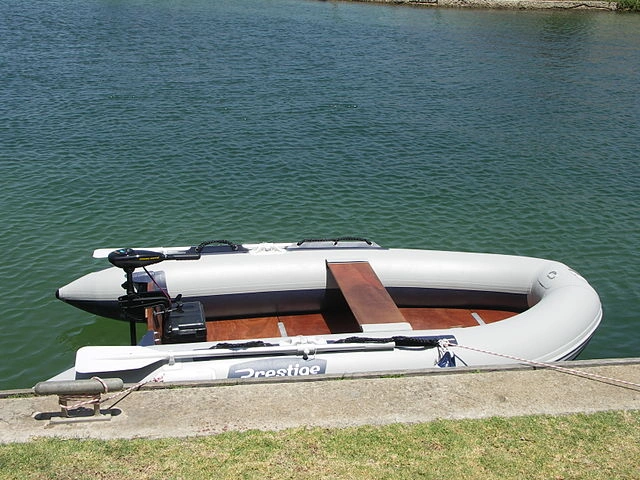
Photo: Wikimedia
Transom mounts are mounted on the transom (back) of the boat via a clamp that attaches to the deck. They’re good for small boats. Transom mounts work by pushing the boat.
This type of trolling motor is easier to install and operate than bow mounts and doesn’t cause clutter on the deck. They’re more affordable than bow mounts, but they’re less precise in control and have fewer options.
Engine Mount
Engine mount trolling motors are mounted to the cavitation plate on the engine. They’re designed to provide thrust. The outboard still steers the boat, though. Engine mounts are good for multi-purpose boats and if you don’t have space for a bow or transom mount trolling motor. They’re convenient and space saving, but they’re more difficult to control, have fewer features and are more expensive than bow and transom mounts.
So, just how do you know what size trolling motor is best for your boat? You’ll want at least 2 lbs. of thrust for every 100 lbs. of boat weight (fully loaded). You might want to factor in a little extra thrust for wind and currents.
Hopefully this has helped you decide on the perfect trolling motor for your boat. The next time you motor out of a private boat slip rental, you’ll be able to navigate out of a private boat slip rental like a pro. Happy trolling!

